Tree / woodland management - introduction

“The true meaning of life is to plant trees, under whose shade you do not expect to sit.” – Nelson Henderson
Contents
What is woodland management?
Woodland did just fine for millions of years before humans came along, so what’s all this ‘woodland management’ about? Well, the UK used to be completely covered in woodland, so if there was any damage in one area (due to wind, fire, insect attack, disease or flood), then it would quickly regenerate from the surrounding woodland. Nowadays, woodland only exists in pockets, so local damage could mean the end of that particular woodland for a generation. Also, woodland today is often planted, not natural, so that all the trees reach maturity at the same time, without any regeneration. In nature, the occasional mature tree would fall, opening the canopy and letting light onto the forest floor, encouraging the germination of seeds for the next generation of trees.

Humans can now manage woodland, copying natural processes, and harvesting timber and firewood at the same time. The basis for any management is the cyclical process of fell, plant, nurture, thin and fell again. The assessment of a woodland area, or the species choice for any new planting depends on the expected goals. It’s important to keep in mind future requirements. We should be looking decades into the future, and sometimes beyond our own lifetimes. Timber felled now can be between 20 and 200 years old, and we should seek to replace growing stock at a level in excess of that being cut. There are different systems of management, including rotation coppicing (see below), and gradual thinning to produce mature high forest of valuable sawlogs in 200 years time. The re-stocking of felled areas and the selection of species is always vitally important though.

What are the benefits of woodland management?
With good management of a small woodland, we can actually improve on nature by producing more ‘edge’ habitat (or ‘ecotone’). There is more biodiversity (number of species) where two habitats meet, for example grassland and woodland, than in each of those habitats themselves. A small woodland often contains trees all of the same age, so there is a canopy of the same height, casting a shadow that prevents ground flora or re-growth. A management regime consisting of felling, thinning and re-planting creates an edge ecosystem from high canopy right down to grass. Management can also improve the health of individual trees, via thinning and the digging of drainage ditches.
Other benefits include:
-
local, renewable production of building materials and firewood (reducing transport distances)
-
reducing carbon emissions from building materials and heating fuel
-
the planting of new woodland provides totally new habitats for wildlife
-
opening paths through existing woods, and planting new ones improves amenities and awareness of the natural world

What can I do?
Well, you don’t have to own woodland to learn about them – you’ll appreciate a greater understanding of the woodlands in your area. Having said that, many people are buying small pockets of land to plant trees these days, or coming together with others to increase their buying power – and number of people for tree planting. Also, individuals and groups are buying small woodlands, or lots in woodland. If you are looking to buy land, first contact a local land agent (as opposed to estate agent).
You can also train in Woodland Management and Forestry, from short introductory courses to full degrees.
Meeting our timber needs with ecological forestry.
You are allowed to plant trees on agricultural land in the UK. You might even be able to get a woodland creation grant from the Forestry Commission and the Woodland Trust. The species you plant will depend on the soil, topography, aspect and hydrology. Alternatively, you could volunteer to plant trees and manage woodland for organisations like the Woodland Trust or Trees for Life.
Producing firewood
Coppicing is probably the best way to produce firewood. This means cutting through the tree about 15cm above the ground, allowing the rootstock to re-shoot. This means that from then on the tree will have several stems, and this makes coppiced woodland easy to spot. Most broadleaf species will coppice, but best is probably hazel and ash (and ash is excellent firewood, even when green). You’ll need a chainsaw – or you’d prefer to do it more naturally, you could use a felling axe and crosscut saw.

Coppicing is done on a rotation – maybe15 or 25 years (i.e. each tree will be coppiced every 15 or 25 years, and you coppice different trees every year). For space and water heating, plus cooking, you would need at least 10 tonnes of firewood per year (5 tonnes just for space heating). A hectare of woodland will produce around 3 tonnes of firewood per year this way, and so you’ll need just over 3 hectares of forest for your needs. Most people would use wood only for some of their needs, however.
Producing timber
A newly-planted woodland will produce about 250 tonnes of timber per hectare in 50 years. If you don’t know how to fell a mature tree, don’t attempt it – get someone in who does or get training. To plank felled timber you could use a chainsaw in a jig or contact someone with a wood-mizer (mobile bandsaw) – see the Small Woods Association, or maybe the divisional rep of the Royal Forestry Society.
To sell your timber or firewood, you could try Coppice-Products, or approach local joiners.
Specialist(s)
Thanks to Andy Reynolds of the Ecolodge for information.
The specialist(s) below will respond to queries on this topic. Please comment in the box at the bottom of the page.

Andy Reynolds is a carpenter / joiner and woodsman who has tutored courses and authored books with us. He has lived on a smallholding in Lincolnshire since the early 80s, renovated a house, built a holiday cottage and got off-grid. He records his adventures with educational videos on his YouTube channel.

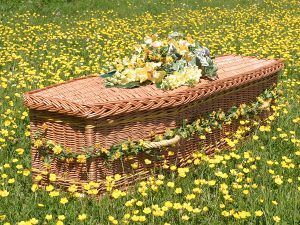
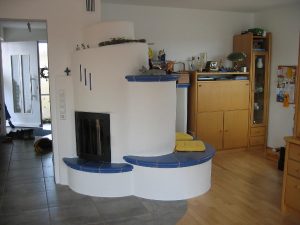
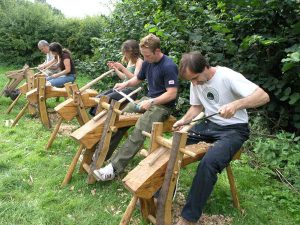
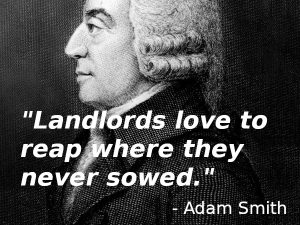
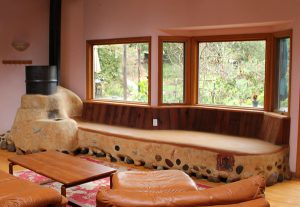
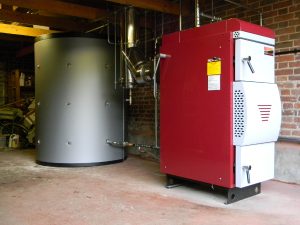
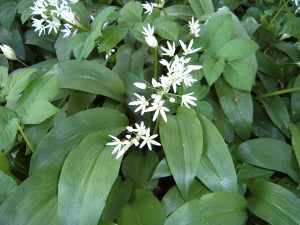
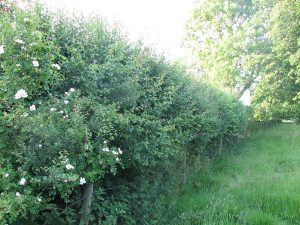
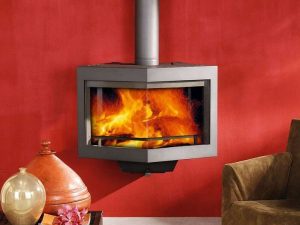
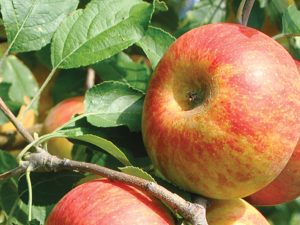
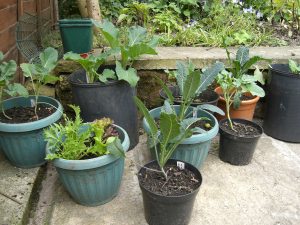
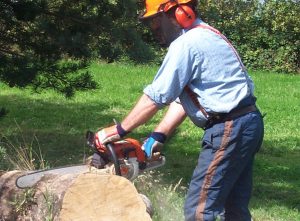
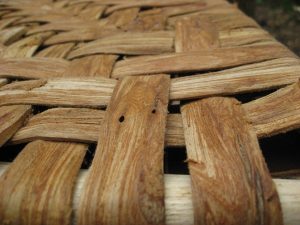
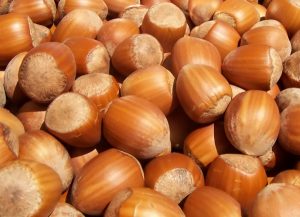
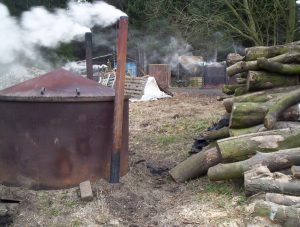




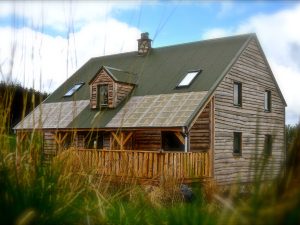
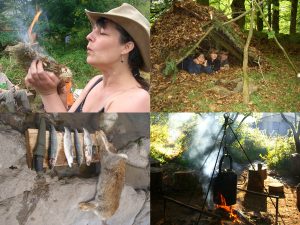
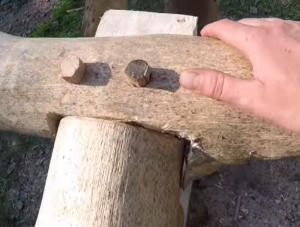
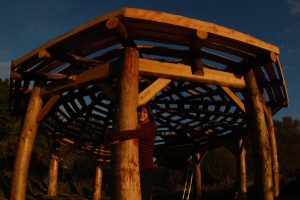

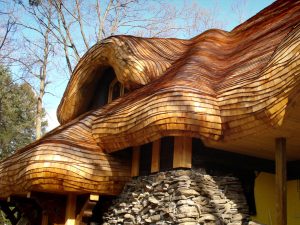
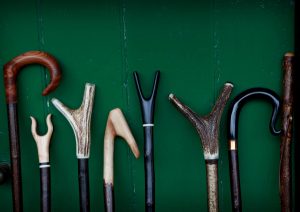
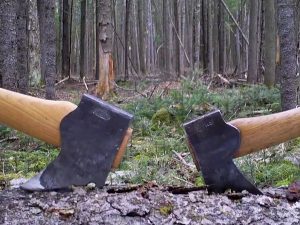
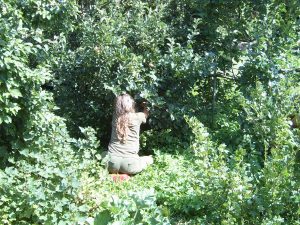
1 Comment
Hello,
Im trying to find someone who could help me with clearing bramble in my woodland in East Sussex. its around 2 tennis courts pitches with of bramble in two different areas but its all mixed in with trees and fallen branches so not possible to tackle with a mower.
Would you be able to advise me on this?
Thank you
Caroline